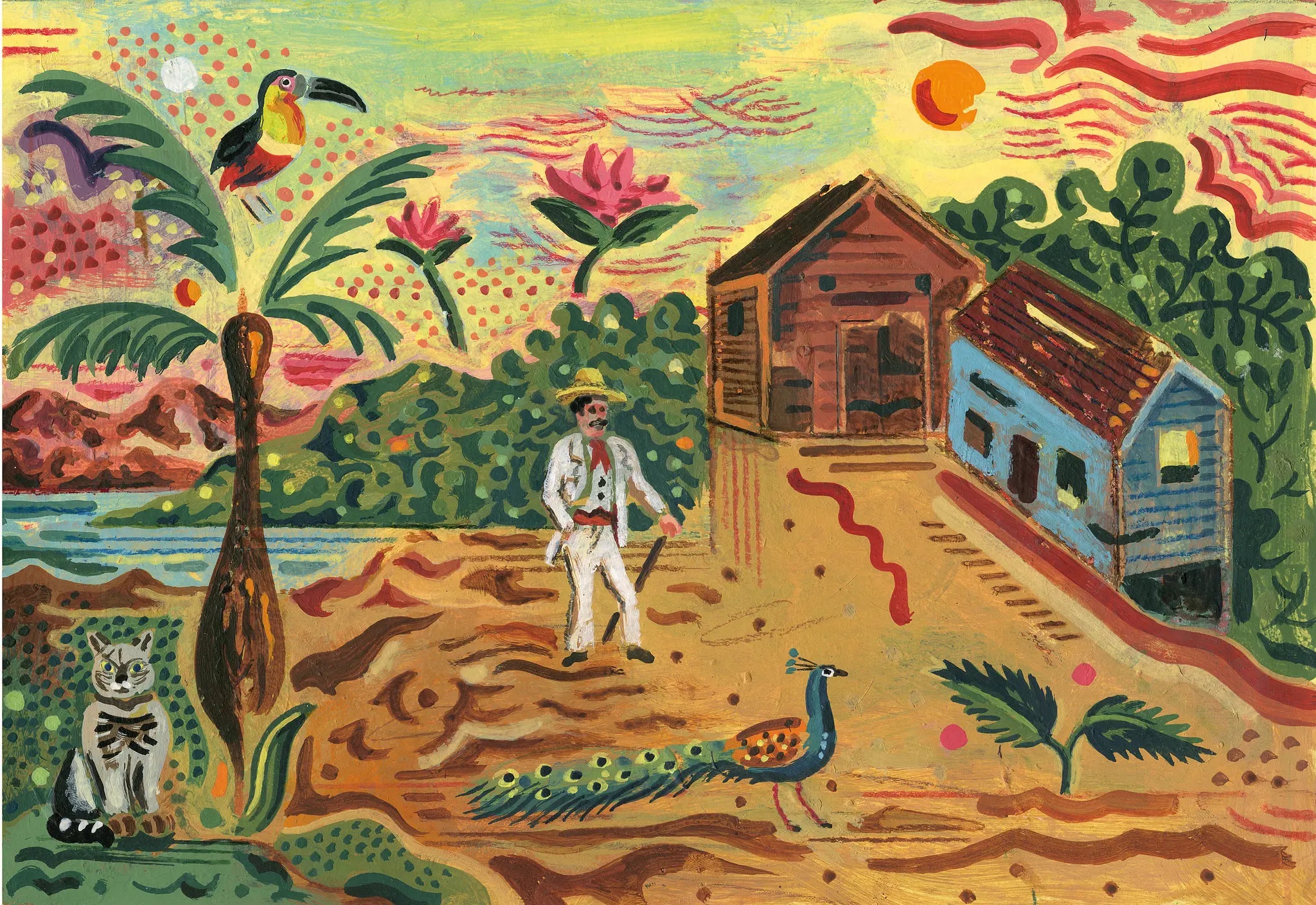
This course introduces the body of Latin American literature known as magical realism. Latin American authors rebelling against the realism of the twenties and thirties gave it a new meaning. Their innovative narrative techniques resulted in the literary boom of the sixties and seventies. It belongs to what in Latin America is known as “nueva narrativa.” Some of the style’s key aesthetic influences stem from Europe, including Surrealism (inspired by the subconscious and the world of dreams), history, and Ancient mythology. Latin American authors transculturate European cultural elements with aspects of criollo, indigenous and African traditions in their works. The most significant leit motifs include folk beliefs, time and space warping, and the normalization of magic. Dreams, indigenous, African, and Christian beliefs coexist with common sense. As a result, magical realism questions the superiority of the “civilized world”. We start by introducing authors considered precursors of this literary style (Borges, Bombal, Quiroga). Then we study texts by the most representative authors (García Márquez, Vargas Llosa, Fuentes). The last section explores more contemporary texts, artwork and films that resonate with magical realism. Issues of race, gender, and class will be taken into consideration throughout the semester. We will also study central aspects of Latin American history that are central to understanding these materials, such as the Cuban Revolution and the lure of socialism as the answer to Latin American inequities, the long history of dictatorships and strongmen, and the shadow cast by U.S. foreign policy and corporations present in these texts. The course ends with a brief incursion into the global dimensions of magical realism (cosmopolitanism, post-colonialism).
- Учитель: Ariana Huberman